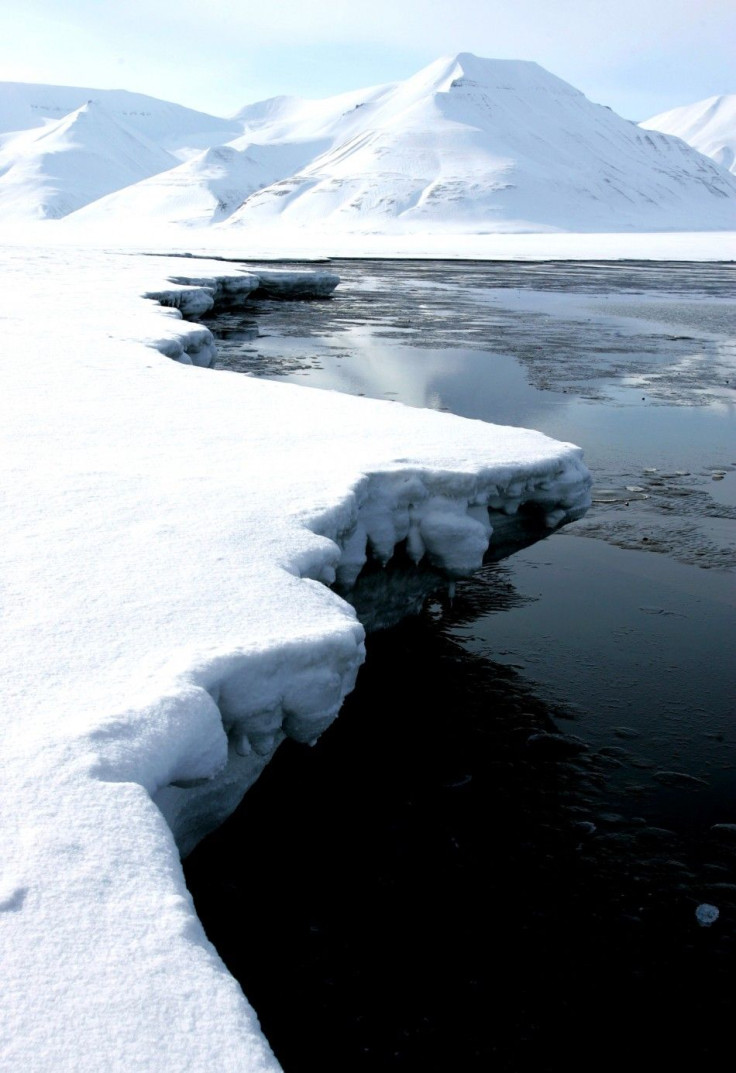Deep Oceans May Mask Global Warming for a Time: Study

Deep oceans may absorb enough heat to mask the effects of global warming for decades, a new study indicates.
The joint U.S. and Australian study, based on computer simulations of global climate, points to ocean layers deeper than 1,000 feet (300 meters) as the main location of the missing heat during periods such as the past decade when global air temperatures showed little trend.
The study conducted by scientists at the U.S. National Center for Atmospheric Research and the Bureau of Meteorology in Australia was published in the Sept. 18 issue of the journal Nature Climate Change.
“We will see global warming go through hiatus periods in the future, said the NCAR's Gerald Meehl, who led the study.
The study was funded by the U.S. National Science Foundation.
The 2000-2010 was Earth's warmest decade in more than a century of weather records. But the single-year mark for warmest global temperature, which was set in 1998, remained unmatched until 2010.
The study suggests the oceans might be storing some of the heat that would otherwise go toward other processes, such as warming the atmosphere or land, or melting more ice and snow. But few measurements were available to confirm that hypothesis.
To figure out where the heat was going, Meehl and his colleagues ran five simulations on a computer model that portrays complex interactions among the atmosphere, land, oceans and sea ice.
The simulations indicated that temperatures would rise by several degrees during this century. But each simulation also showed periods in which temperatures would stabilize for about a decade before climbing again.
The models found the vast area deeper than 1,000 feet warmed about 18 to 19 percent more during the hiatus periods than at other times. Meanwhile, shallower global ocean above 1,000 feet warmed 60 percent less than during non-hiatus periods in the simulation.
The heat is stored at depths below 1,000 feet and could lead to periods as long a decade when the rate of heating on the Earth’s surface flattens. The findings also suggest that several more intervals like this can be expected over the next century, even as the trend toward overall warming continues.
© Copyright IBTimes 2024. All rights reserved.





















